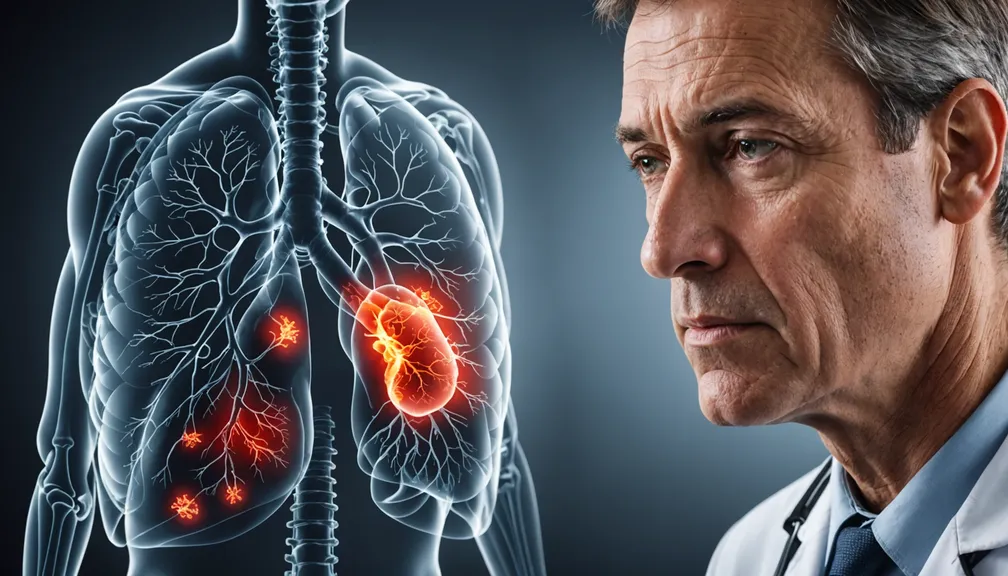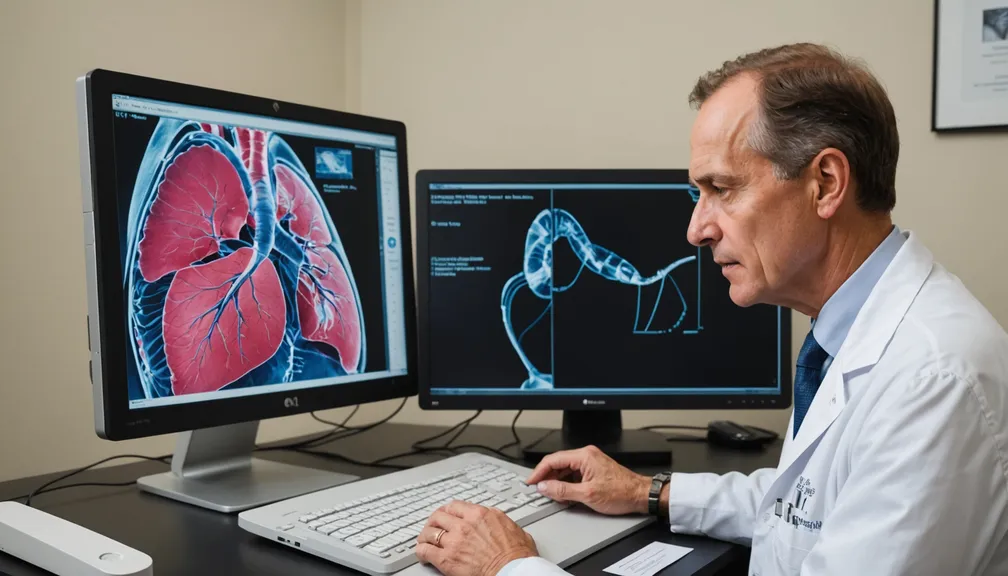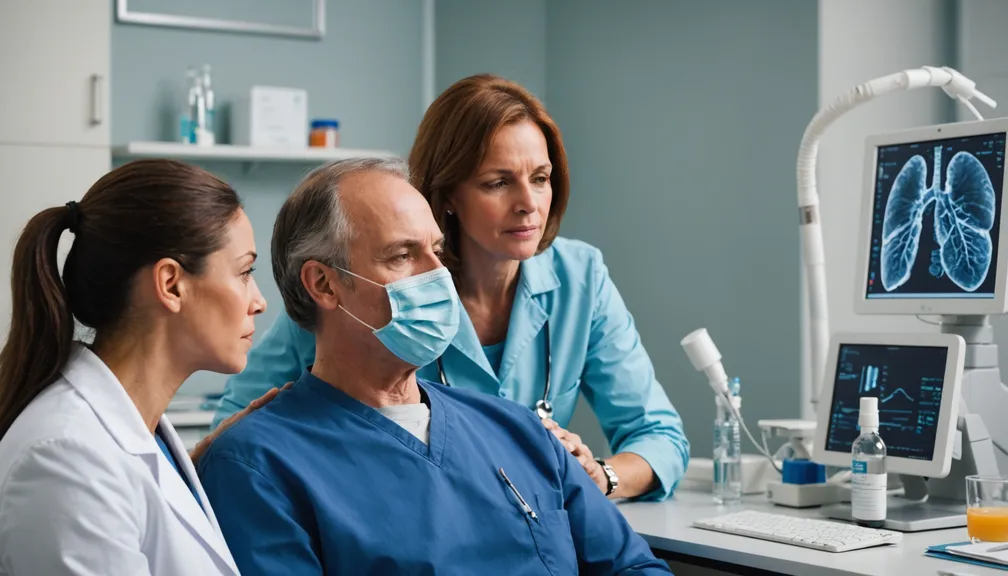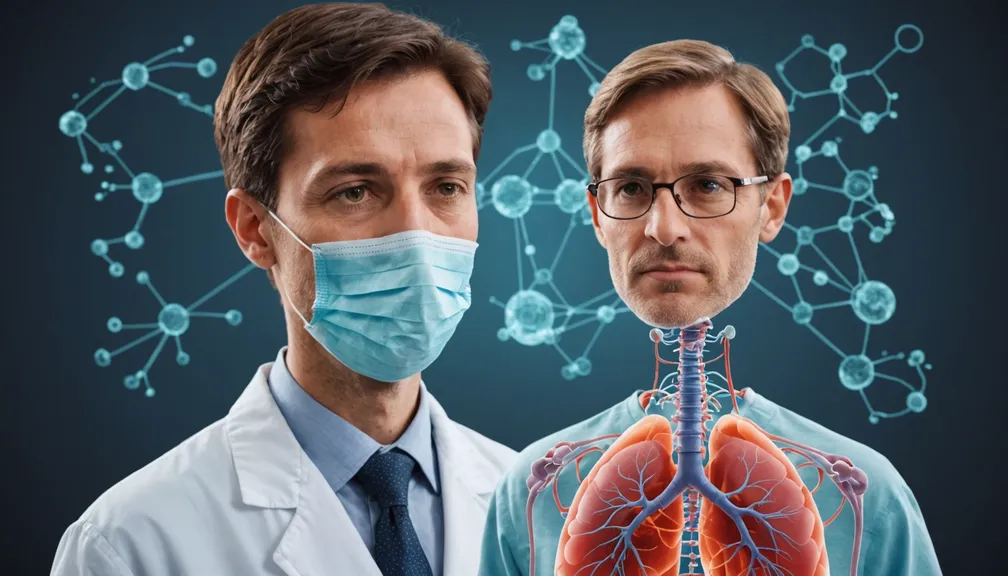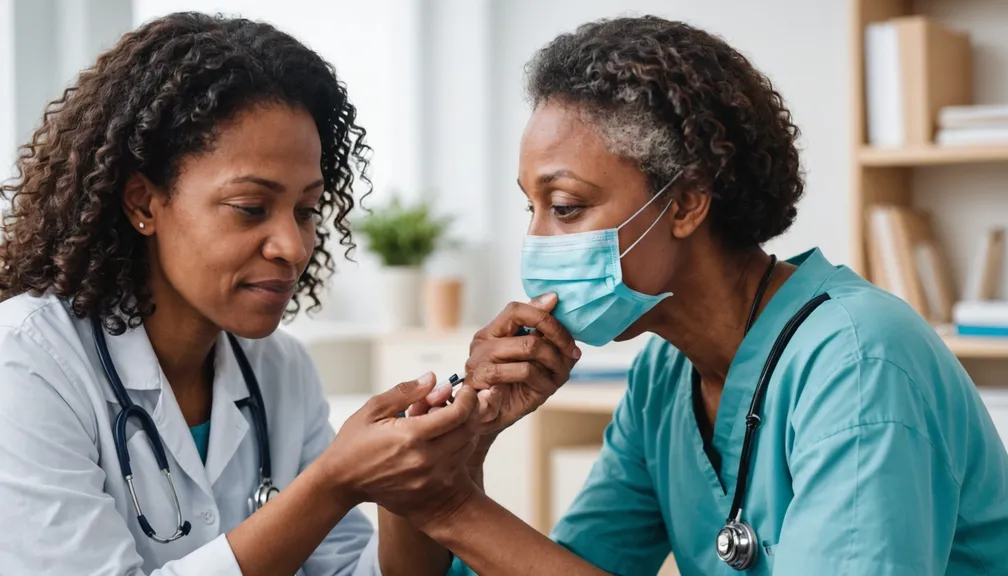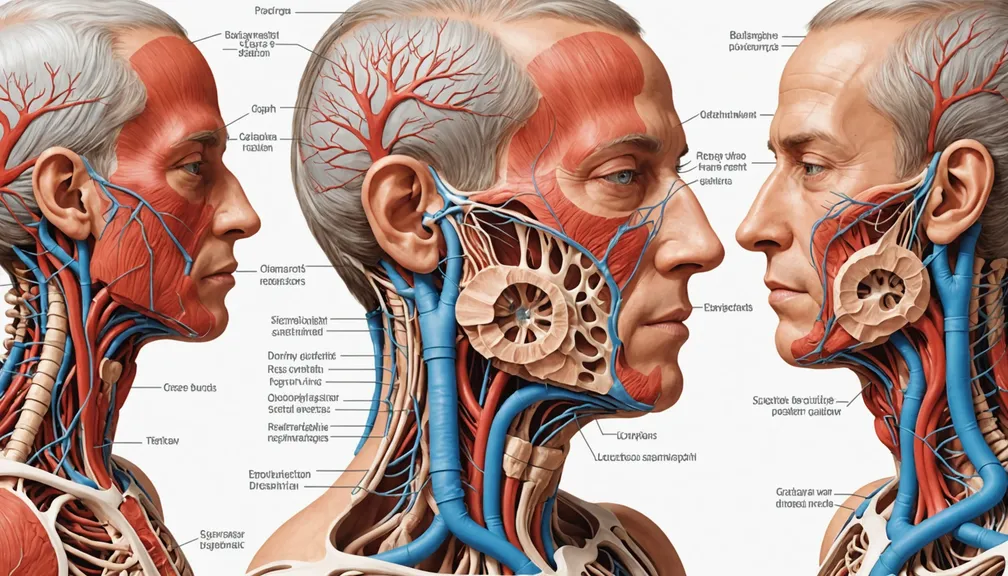Understanding the Respiratory System: Basics of Breathing
Anatomy of the Respiratory System
Understanding the respiratory system begins with knowing its main parts:
- Nose and Nasal Cavity: The entry point for air, which filters, warms, and humidifies it.
- Pharynx (Throat): A passageway for air from the nose to the larynx.
- Larynx (Voice Box): Contains the vocal cords and routes air into the trachea.
- Trachea (Windpipe): A tube that connects the larynx to the bronchi, allowing air to reach the lungs.
- Bronchi and Bronchioles: Branches of the trachea that distribute air throughout the lungs.
- Lungs: Two spongy organs where gas exchange occurs.
- Alveoli: Tiny air sacs in the lungs where oxygen enters the blood, and carbon dioxide is removed.
How Breathing Works
Breathing is a vital process that involves several steps:
- Inhalation (Breathing In):
- Diaphragm and Intercostal Muscles: These muscles contract, expanding the chest cavity.
- Air Intake: Air flows through the nose or mouth, traveling down the trachea into the bronchi and bronchioles, reaching the alveoli.
-
Gas Exchange: Oxygen passes from the alveoli into the bloodstream.
-
Exhalation (Breathing Out):
- Muscle Relaxation: The diaphragm and intercostal muscles relax, reducing the chest cavity's size.
- Air Expulsion: Carbon dioxide-rich air is expelled from the lungs through the same pathways.
This continuous cycle ensures that oxygen reaches the body's cells and carbon dioxide is removed efficiently.
Common Rare Respiratory Diseases
Rare respiratory diseases are uncommon conditions that affect the lungs and breathing process. Some of these include:
Idiopathic Pulmonary Fibrosis (IPF)
- Description: A condition where the lung tissue becomes scarred, making it difficult for the lungs to work properly.
- Causes: Unknown (idiopathic), but genetics and environmental factors may play a role.
Pulmonary Arterial Hypertension (PAH)
- Description: High blood pressure in the arteries that supply the lungs, leading to the heart working harder to pump blood.
- Causes: Can be idiopathic or associated with other diseases like connective tissue disorders.
Cystic Fibrosis
- Description: A genetic disorder that causes thick, sticky mucus to build up in the lungs and other organs.
- Causes: Inherited mutations in the CFTR gene.
Sarcoidosis
- Description: An inflammatory disease that can affect multiple organs, particularly the lungs and lymph glands.
- Causes: Unknown, but involves the formation of granulomas (small clusters of inflammatory cells).
Pulmonary Surf Continuous Dysfunction
- Description: Issues with the surfactant, a substance that helps keep the air sacs in the lungs open.
- Causes: Can be genetic or acquired, leading to breathing difficulties.
Symptoms of Rare Respiratory Diseases
Recognizing symptoms early can lead to better management and outcomes. Common symptoms include:
- Persistent Cough: A cough that doesn't go away or worsens over time.
- Shortness of Breath: Difficulty breathing, especially during activities or at rest.
- Fatigue: Unexplained tiredness or weakness.
- Chest Pain or Discomfort: Persistent pain or a feeling of tightness in the chest.
- Rapid Heartbeat: An unusually fast heart rate during or after physical activity.
- Unexplained Weight Loss: Losing weight without trying.
- Frequent Respiratory Infections: Getting pneumonia or bronchitis more often than usual.
If you experience any of these symptoms, especially if they persist, it's important to consult a healthcare professional.
Diagnosing Rare Respiratory Diseases
Early and accurate diagnosis is crucial for effective management. The diagnostic process may include:
- Medical History and Physical Examination: Discussing symptoms, family history, and lifestyle factors.
- Imaging Tests:
- Chest X-ray: To look for abnormalities in the lungs.
- High-Resolution CT Scan: Provides detailed images of lung tissue.
- Pulmonary Function Tests (PFTs): Measure how well the lungs are working.
- Blood Tests: To identify markers of inflammation or specific genetic conditions.
- Biopsy: Taking a small sample of lung tissue for closer examination.
- Echocardiogram: An ultrasound of the heart to assess its function, especially in cases like PAH.
Treatment Options
While rare respiratory diseases may not have a cure, various treatments can help manage symptoms and improve quality of life:
Medications
- Anti-Inflammatories: Reduce inflammation in the lungs.
- Antifibrotic Agents: Slow the progression of lung scarring in IPF.
- Vasodilators: Help relax blood vessels in PAH, reducing blood pressure in the lungs.
- Antibiotics: Treat or prevent lung infections.
Oxygen Therapy
- Supplemental Oxygen: Provides additional oxygen to help with breathing and maintain adequate oxygen levels in the blood.
Lifestyle Changes
- Smoking Cessation: Essential for lung health and slowing disease progression.
- Healthy Diet: Supports overall health and energy levels.
- Regular Exercise: Improves lung capacity and muscle strength.
Pulmonary Rehabilitation
- Programs: Designed to help patients improve their physical condition and manage symptoms through exercise, education, and support.
Surgical Options
- Lung Transplant: In severe cases, replacing diseased lungs with healthy ones from a donor.
- Surgery for Specific Conditions: Such as removing damaged lung tissue in some cases of IPF.
Managing Daily Life
Living with a rare respiratory disease involves adapting daily routines to maintain health and well-being:
- Breathing Exercises: Techniques like diaphragmatic breathing and pursed-lip breathing can improve lung function and reduce shortness of breath.
- Energy Conservation: Planning activities to avoid exhaustion, such as taking regular breaks and prioritizing tasks.
- Nutrition: Eating a balanced diet to support overall health and energy levels.
- Avoiding Irritants: Staying away from smoke, strong chemicals, and other pollutants that can worsen symptoms.
- Vaccinations: Keeping up with flu shots and other recommended vaccines to prevent infections.
Healthcare Professionals Who Can Help
A multidisciplinary team of healthcare providers can offer comprehensive care for those with rare respiratory diseases:
- Pulmonologists: Specialists in lung and respiratory system diseases who oversee diagnosis and treatment.
- Respiratory Therapists: Provide therapies to improve breathing, administer oxygen, and teach breathing techniques.
- Nurses Specialized in Respiratory Care: Offer daily care, monitor patient status, and provide education and support.
- Physical Therapists: Help improve physical strength and mobility through tailored exercise programs.
- Occupational Therapists: Assist with adapting daily activities to maintain independence and quality of life.
- Social Workers: Provide emotional support, resources, and assistance with navigating the healthcare system.
- Dietitians: Offer nutritional guidance to support overall health and manage specific dietary needs.
- Psychologists or Counselors: Help cope with the emotional and mental challenges of living with a chronic illness.
Collaborating with these professionals ensures a holistic approach to managing rare respiratory diseases, addressing both physical and emotional needs.
